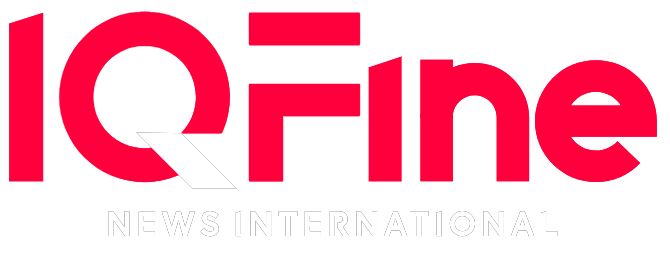The recent development of Automated home Ev charger freshens the decade old debate of charging vs. battery swapping. The market is still concerned about which is the best option for the future of electric vehicles. As the recent battery swapping technology by the NIO, took the limelight for its easy and fast swapping method. But it raised the debate, whether battery swapping makes any sense.
This new technology is the product of the Austrian charging pioneers KEBA and Easelink. The both companies aim to make charging of electric vehicles convenient, efficient and smart with their technologies. KEBA has already produced normal wallboxes/ EV chargers. But the new Matrix charging is another co-venture of the companies.
To Expand the capability of wallboxes to wireless charging, Easelink provides the automated charging tech. Also the companies write,“ n the future, KEBA customers will be able to easily extend their wallboxes with the automated conductive Matrix Charging® technology.”
The Automated Home Charging system works on Easelink’s “Matrix Charging” an automated conductive charging solution consisting of a vehicle unit and a stationary unit on the parking space.That will make the charging process fully automated, by eliminating the need for a classic charging cable connected to wallbox, plugged in by hand.
“The automation of the charging process and the almost continuous connection between the electric car and the home electrical system offers tremendous potential. This is especially true with regard to optimizing charging to take advantage of excess PV power, assisting in grid stabilization and enabling bidirectional charging – under the heading of vehicle to home (V2H),” explains Gerhard Weidinger, CTO KEBA Energy Automation.
The debate on Charging and battery swapping will not be concluded, but the development of technology at a fast pace will make the future of electric vehicles more vibrant and versatile.








